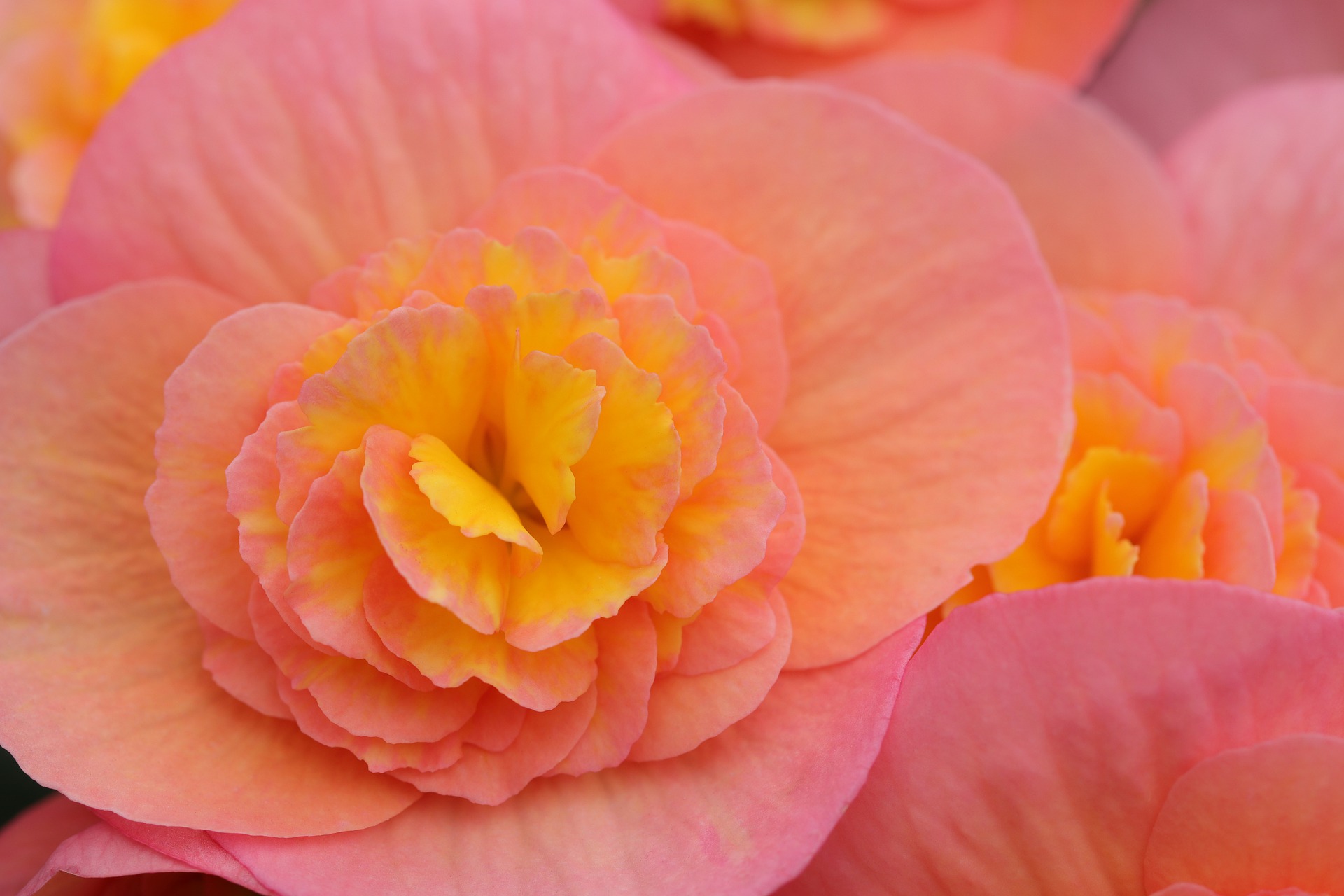
Begonia plant care advice
Your begonia plant will usually prove happier indoors than outside throughout the year. If you like, you can set it outside during the warmer months but you should bring it inside when temperatures drop. Of course, if you prefer, you can keep it inside all year. In order to keep your begonia happy, it’s important that you follow specific care tips and instructions. Here are the basics that you need to know.
Sunlight
Sunlight is essential for any plant and your begonia plant is no exception. When it comes to natural light, you need to make sure that you place the plant in any window except for those facing north. You will also need to keep a close eye on the plant to make sure that it is doing well in this spot. If not, you will need to move it to a different location. If the plant is burning or not growing as quickly as it should, it could be that there is too much light. If the plant starts branching out, it could require more light. This is one of the best things about these plants – they will let you know what they need. If you do not have a suitable spot in your home, you can always use artificial lighting. This is particularly handy during the winter months when there are fewer hours of daylight. Your begonia needs approximately 14 hours of light each day.
The right pot
When you buy or order a begonia plant, you will notice that it is planted in a pot that suits its size as well as the size of its roots. These plants like a snug environment but, obviously, not too snug. If you place it in an oversized pot, it will not thrive and it will dry out. If you notice the plant starting to dry out despite regular watering, you might need to replant it in another smaller pot. Make sure that you progress slowly in terms of planter size. You don’t want to rush into choosing a large pot only to have the plant perish as a result.
Potting soil
Different types of plants enjoy different types of soil. If you plan on growing your begonia plant indoors, you can use a soil-less mix. This mix includes peat moss and perlite or vermiculite. If you use regular soil, it will hold moisture for too long and it will not drain as quickly. This can result in root rot and other diseases that will kill the plant.
Watering advice
Never over water your begonia plant. Too much water, even when using the correct potting mix, can cause the roots to rot. Make sure that the potting soil is dry before watering again. Water from the top and, as soon as you notice the water start to run out the bottom, stop watering. Allow the excess water to drain before placing the plant back on the empty drip tray. You don’t want any standing water or it will keep the soil moist and, again, this results in rotting roots.
Humidity
Your begonia plant might not like too much water but they do love a more humid environment. To create a higher level of humidity around your plant, you can place the pot on a drip tray with pebbles. Add water to the tray. The pebbles ensure that the pot does not come into direct contact with the soil. As the water evaporates, it creates a higher level of humidity around the plant. You can also mist your plant every couple of days.
Other tips
When grown indoors, begonias can be pruned during any time of the year. You can also save the shoots and grow more plants from them. Keep a close eye on your plant and be on the lookout for things like mealy bugs. Take action as soon as you notice any sort of infestation or if the health of your plant is deteriorating.
By following these tips, your begonia plant will continue to grow and bloom for years. When growing more plants from the shoots, you can give them to your friends and loved ones as gifts for various occasions.
